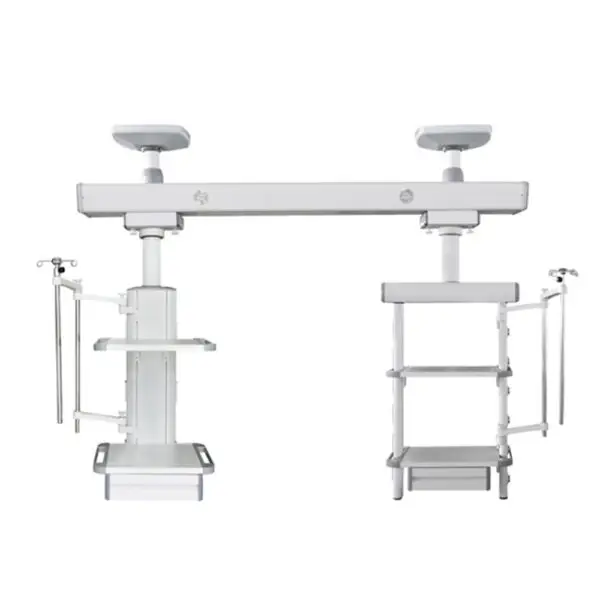Address
304 North Cardinal St.
Dorchester Center, MA 02124
Work Hours
Monday to Friday: 7AM - 7PM
Weekend: 10AM - 5PM
Welcome to My Blog!
Before we dive into the content, I’d love for you to join me on my social media platforms where I share more insights, engage with the community, and post updates. Here’s how you can connect with me:
Facebook:https://www.facebook.com/profile.php?id=100071234835011
LinkedIn:https://www.linkedin.com/company/74943205/admin/dashboard/
YouTube:www.youtube.com/@shandongexpertmedicalequip4695
TikTok:www.tiktok.com/@expertmedical
Now, let’s get started on our journey together. I hope you find the content here insightful, engaging, and valuable.

In critical care settings, ICU surgical bridges play a pivotal role in enhancing patient care and surgical procedures. This blog explores the definition, functionality, benefits, and considerations of ICU surgical bridges, providing a comprehensive understanding of their importance in modern healthcare.
An ICU surgery bridgeis a specialized medical device designed to facilitate surgical procedures directly within the intensive care unit (ICU). It integrates advanced technology and equipment to support surgical teams in delivering immediate care to critically ill patients without the need for transport to an operating room.
ICU surgical bridges typically include:
The table below highlights the key advantages of utilizing ICU surgery bridgeis in critical care settings:
| Advantage | Description |
|---|---|
| Enhanced Patient Safety | Minimizes transport risks and optimizes care continuity for critically ill patients. |
| Immediate Intervention | Enables timely surgical procedures without delays associated with operating room availability. |
| Integrated Care Delivery | Facilitates multidisciplinary collaboration between ICU teams and surgical specialists. |
| Reduced Procedure Time | Streamlines workflow by eliminating the need for patient transfer between units. |
| Cost Efficiency | Reduces overall healthcare costs associated with ICU stays and emergency surgeries. |

Ensure compatibility with existing ICU infrastructure and equipment for seamless operation. This allows for easier integration without the need for extensive modifications or additional investments.
Provide comprehensive training to healthcare professionals on the use and maintenance of surgical bridge systems. Well-trained staff enhance operational efficiency and minimize the risk of user-related errors.
Adhere to regulatory guidelines and standards to ensure patient safety and quality of care. Compliance not only ensures legal operation but also builds trust in the technology and its clinical applications.
ICU surgery bridges represent a significant advancement in critical care, offering immediate surgical capabilities within the ICU environment. By understanding their functionality, benefits, and implementation considerations, healthcare providers can enhance patient outcomes and optimize healthcare delivery in emergency situations.
How do ICU surgical bridges improve patient outcomes compared to traditional surgical settings?
ICU surgery bridgeis facilitate immediate surgical intervention without the risks associated with patient transport to an operating room. This immediacy reduces critical delays in treatment, enhancing patient outcomes, especially in emergency scenarios.
What types of surgical procedures can be performed using an ICU surgical bridge?
ICU surgical bridges support a wide range of bedside procedures, including minimally invasive surgeries, catheter placements, and emergency interventions. These systems are adaptable to various surgical specialties within critical care settings.
How do hospitals ensure the safety and sterility of surgical procedures performed using ICU surgical bridges?
Hospitals maintain strict protocols for anesthesia delivery, instrument sterilization, and infection control when using ICU surgical bridges. These measures ensure that procedures are conducted safely and effectively within the ICU environment, minimizing risks to patients.
